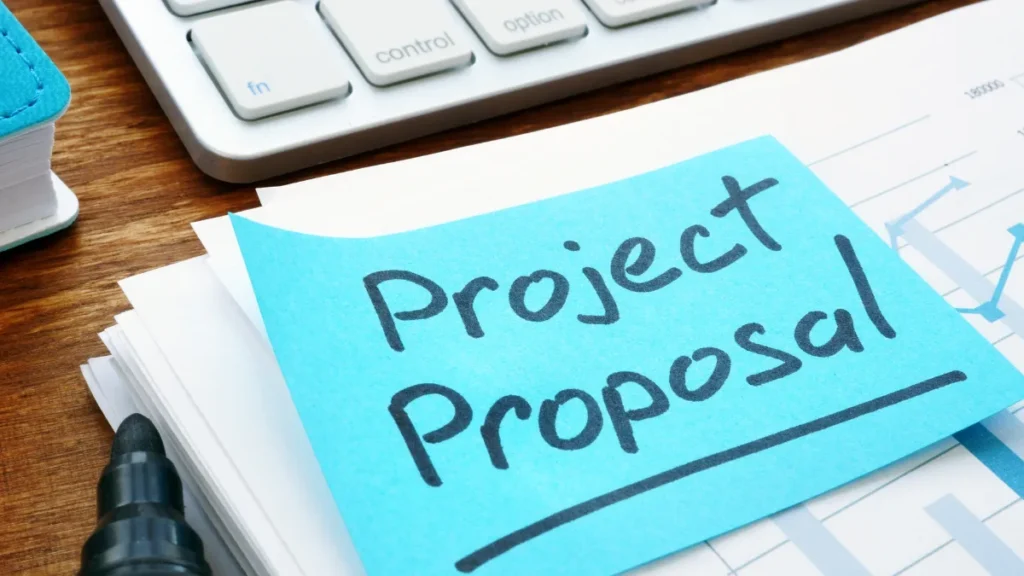Grant writing is both an art and a strategy. For nonprofits, writing a grant proposal that clearly communicates vision, feasibility, and alignment with a funder’s priorities can make the difference between a rejection and a win. If your organization is ready to seek funding, it’s essential to approach proposal development with intention and structure.
Here’s a five-step guide to writing a compelling grant proposal, based on insights shared by sector experts and adapted to the needs of nonprofits across sectors.
1. Start with Alignment: Match Your Mission to the Donor’s Priorities
The foundation of every successful grant proposal lies in demonstrating alignment. Before drafting a single word, understand the funder’s focus areas—be it health, education, environment, or livelihoods. Your introduction should reflect how your nonprofit’s mission, target communities, and impact areas closely resonate with what the donor seeks to support.
🔍 Tip from GrantsDatabase: Don’t stretch your mission to fit a funder’s criteria. Instead, seek funders whose goals naturally intersect with your existing programs.
2. Define the Problem with Precision and Context
A good proposal defines a problem. A great one frames it. Provide credible data, case studies, or community insights to highlight the scale and nature of the issue. Go beyond symptoms—address the root causes, and make the case for why this problem needs to be solved now.
💡 A compelling problem statement sets up your organization as the one best suited to intervene.
3. Present a Solution with Clear Outcomes and Metrics
Once the problem is outlined, explain your solution in practical terms. What activities will you implement? What change will these activities create?
More importantly, describe how you’ll measure success. Funders appreciate a blend of quantitative data (like number of households reached) and qualitative impact (like stories of improved well-being). Choose indicators that align with the donor’s values and your own program logic.
📈 Include a monitoring and evaluation (M&E) approach that builds confidence in your strategy.
4. Acknowledge Risks and Limitations
Transparency builds trust. Every intervention faces risks—policy shifts, funding constraints, or operational delays. Acknowledge these honestly and show how your organization plans to mitigate them.
Additionally, clarify what the grant will not cover. Setting boundaries helps manage funder expectations and demonstrates maturity in your planning.
🛡️ Grant expert insight: “Funders prefer realism over perfection. A risk-aware proposal shows strategic foresight.”
5. Align Your Budget with Your Narrative
The budget should reflect, not contradict, your proposal. Provide a detailed, itemized plan that explains how funds will be spent. Include line items for personnel, operational costs, technology, and overheads—especially if the funder allows flexible funding.
Also mention co-funding sources or other partners supporting the same initiative. Funders often feel more confident supporting a project that others have also backed.
📊 Pro tip: A budget with clear justifications makes your proposal financially credible.
Final Thoughts: Grant Proposals That Stand Out
Writing a grant proposal is a strategic process. It’s not about writing more—it’s about writing clearly, with purpose and evidence. Use this five-step guide as a framework, not a formula. Tailor your proposals to each funder, using insights, storytelling, and data to communicate your organization’s unique value.
Need Help Writing Your Grant Proposal?
Contact GrantsDatabase.org for expert support on drafting, refining, and reviewing your proposals. Our experts can help align your proposal with donor expectations and improve your chances of winning the grant.

1 Comment
Pingback: 5 Common Mistakes on Your NGO's 'About Us' Page (And How to Fix Them) | Grants Database